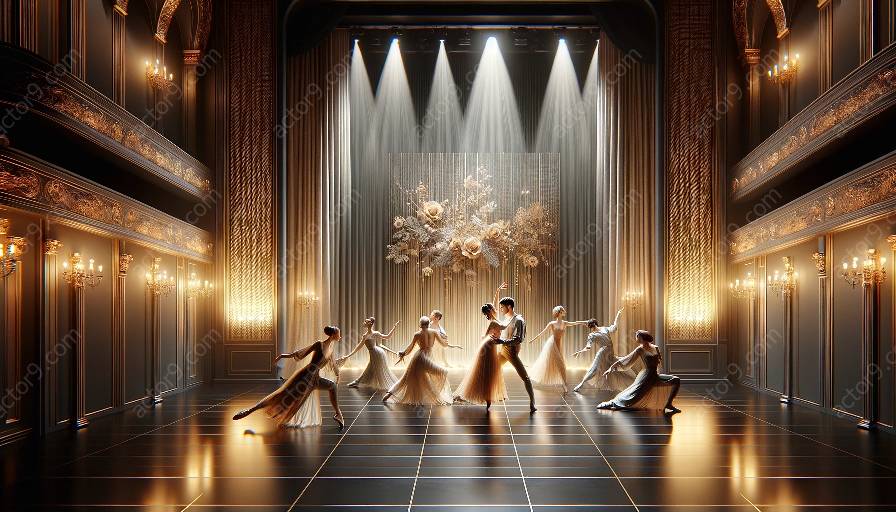The art of theatrical performance encompasses a rich tapestry of elements that come together to captivate and move audiences. Among these, physical expression plays a vital role in bringing characters to life, communicating emotions, and conveying narratives through movement and acting.
The Significance of Physical Expression
Physical expression in theater encompasses various elements that are central to the portrayal of characters and the development of compelling narratives. Understanding the key elements of physical expression provides actors with tools to inhabit their roles more authentically and engage audiences on a deep, emotional level.
Body Language and Gestures
One of the fundamental components of physical expression in theater is body language. Every movement, gesture, and posture adopted by a performer contributes to the portrayal of a character's inner world and emotional state. By embodying specific body language and gestures, actors can convey meaning and evoke empathy from the audience.
Expressive Movement and Physicality
Physicality is an essential aspect of an actor's craft, emphasizing the use of the body to convey emotions, intentions, and relationships between characters. From graceful and fluid movements to deliberate and impactful actions, the expressiveness of movement is a powerful storytelling tool that adds depth and dimension to theatrical performances.
Exploring Acting and Theater
Physical expression intersects with the broader realms of acting and theater, enriching performances and shaping the overall theatrical experience. The harmonious integration of physicality, movement, and acting techniques elevates the authenticity and impact of characters on stage.
Merging Movement and Emotional Truth
In the realm of acting, the fusion of movement and emotional truth is paramount. By incorporating physical expression into a performance, actors can convey the genuine emotions and internal conflicts of their characters, fostering a profound connection with the audience.
Crafting Compelling Narratives
Physical expression serves as a dynamic tool for crafting compelling narratives within the theater. Through nuanced movements, performers can depict the evolution of relationships, the passage of time, and the emotional highs and lows experienced by the characters, immersing audiences in the unfolding story.
Embracing the Essence of Theater
Embracing the key elements of physical expression in theatrical performance allows actors and theater creators to delve into the essence of storytelling, adding layers of authenticity and depth to their work. The power of physical expression lies in its ability to transcend language barriers and resonate with audiences on a universal level, making it a cornerstone of impactful theatrical experiences.















































